Part 1
1.1 Warmup
 Rubix cube before and after sharpening
Rubix cube before and after sharpening
|
1.2 Hybrid
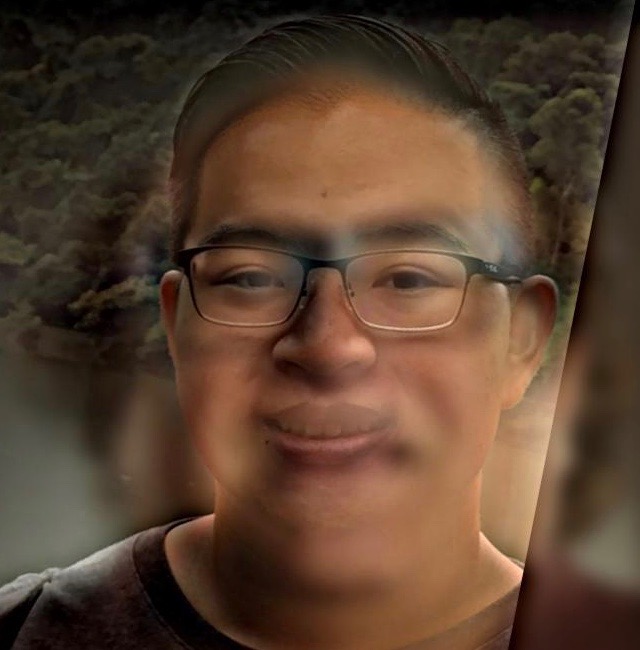 Keming Kao (highpass) and Danny Devito (lowpass)
Keming Kao (highpass) and Danny Devito (lowpass)
|
|
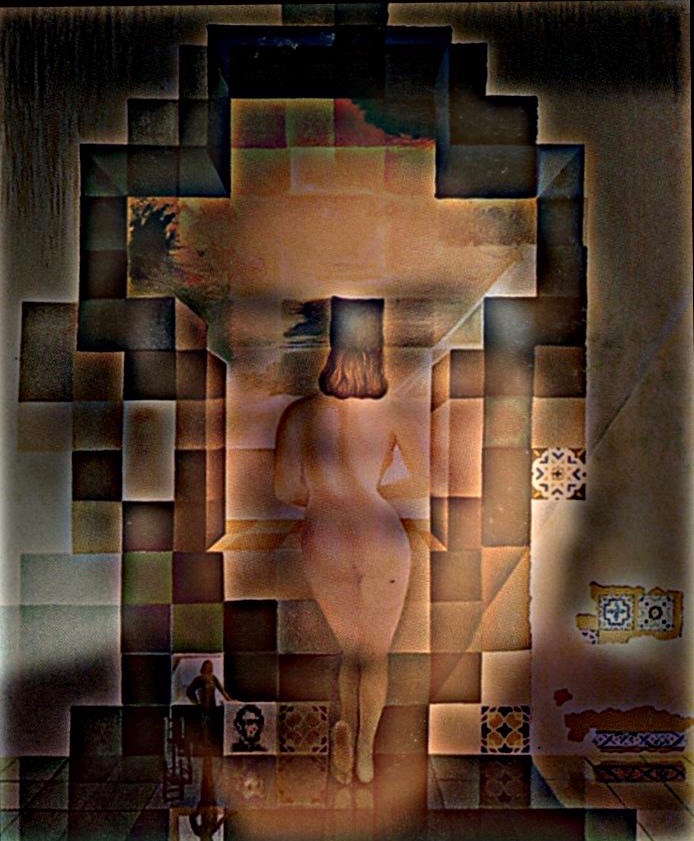 Dali painting (highpass) and Danny Devito (lowpass)
Dali painting (highpass) and Danny Devito (lowpass)
|
|
Fourier analysis of Dali-Devito hybrid image
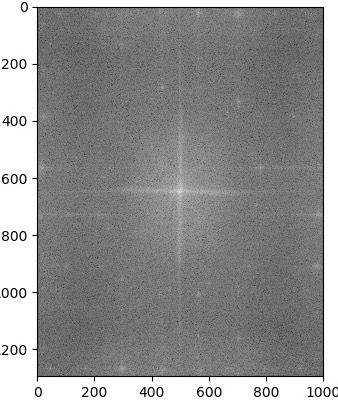 Dali
Dali
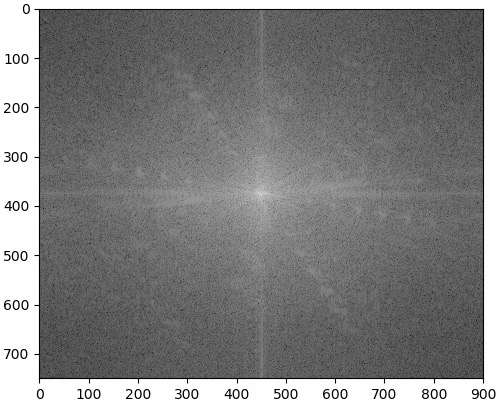 Devito
Devito
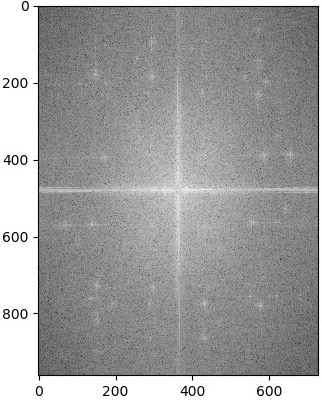 Dali highpass
Dali highpass
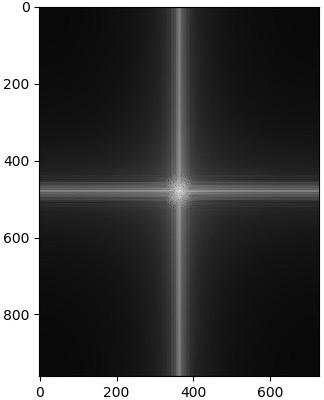 Danny Devito lowpass
Danny Devito lowpass
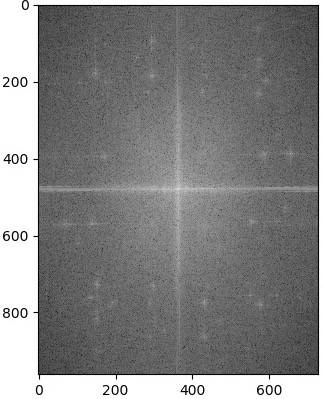 Hybrid image
Hybrid image
|
|
Failure Image
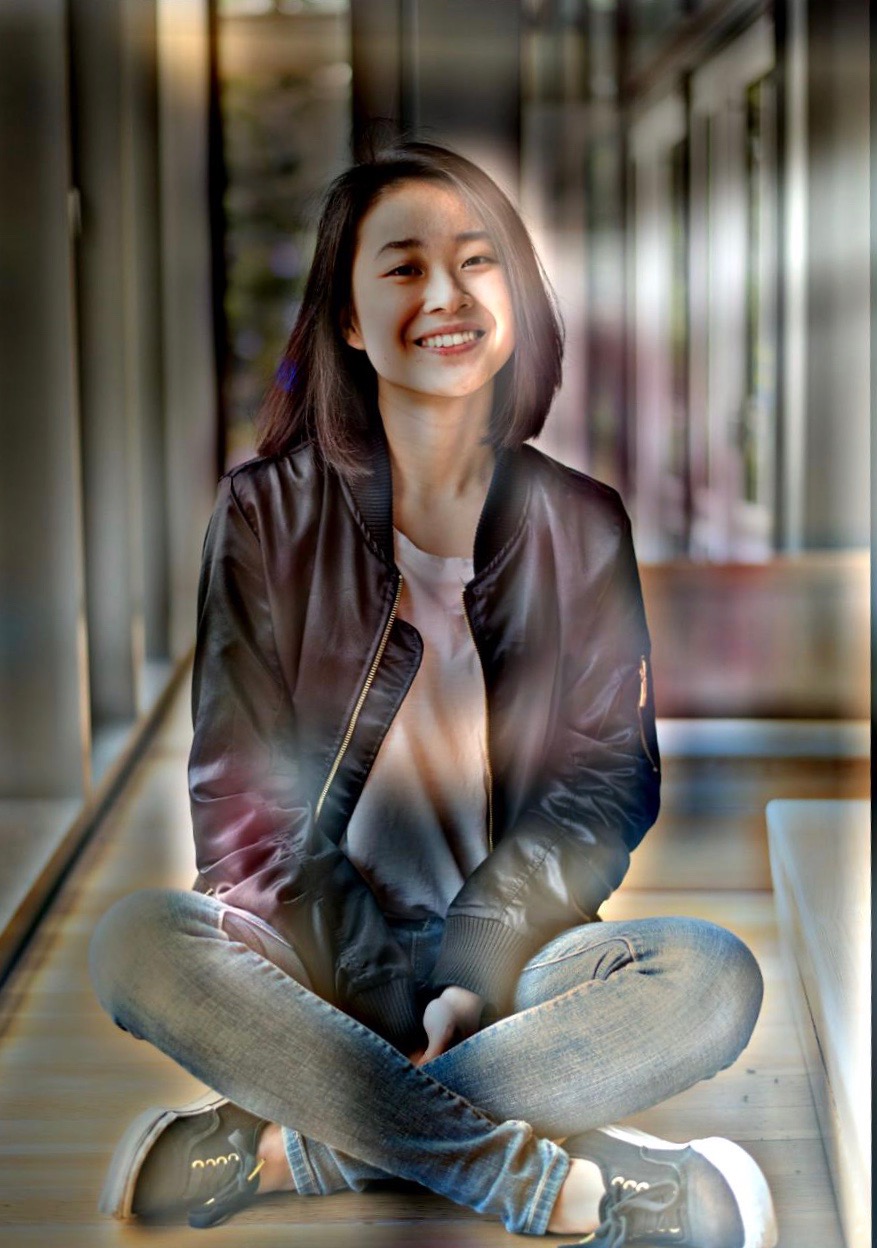 Nanxi Wang (highpass) and Daniel Shi (lowpass). Hybrid image failed as highpass is too in focus while lowpass is virtually nonexistent (chose bad sigma values).
Nanxi Wang (highpass) and Daniel Shi (lowpass). Hybrid image failed as highpass is too in focus while lowpass is virtually nonexistent (chose bad sigma values).
|
1.3 Gaussian and Laplacian Stacks

|
|
 Lincoln and Gala
Lincoln and Gala
|

|
|
 Lincoln and Gala and Danny Devito hybrid image
Lincoln and Gala and Danny Devito hybrid image
|
1.4 Multiresolution Blending
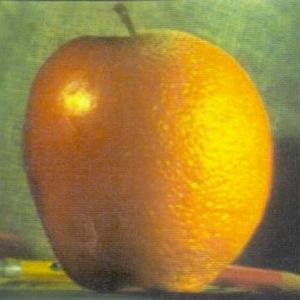 Apple orange blend along the vertical axis
Apple orange blend along the vertical axis
|
|
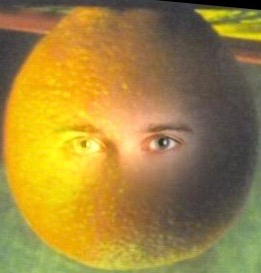 Derek and orange. Irregular mask used to blend a face with an apple
Derek and orange. Irregular mask used to blend a face with an apple
|
|
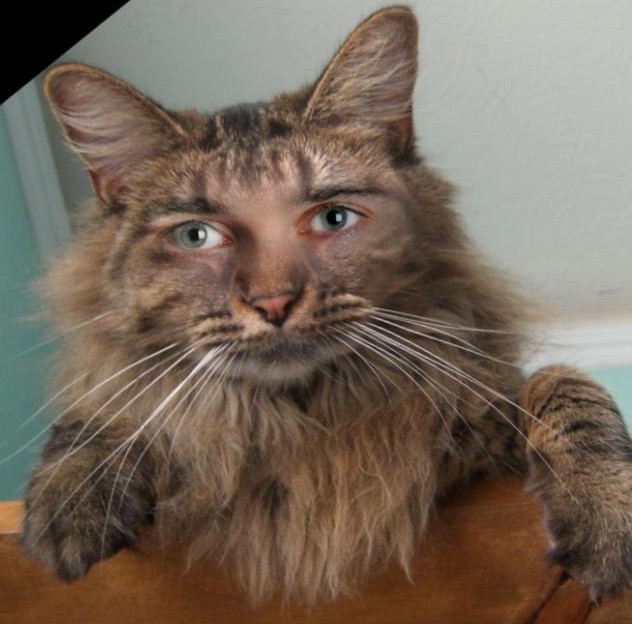 Derek's eyes blending with Nutmeg
Derek's eyes blending with Nutmeg
|
|
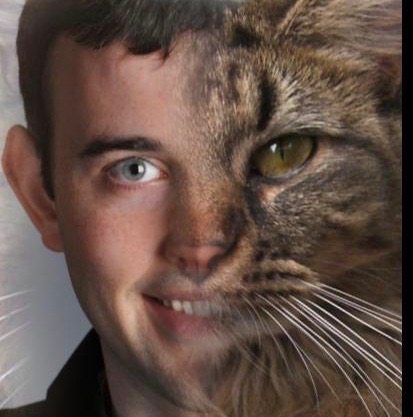 Derek and Nutmeg blended along the vertical axis
Derek and Nutmeg blended along the vertical axis
|
Part 2
Our goal is to seamlessly blend an image from one source file to a target file. To accomplish this, we want to match the gradients of the source image with the gradients of the target file as best as we can. In order to do this, we can model the problem as a least-squares equation and solve for our desired pixel intensities.
2.1 Toy Problem
 Toy problem
Toy problem
|
|
2.2 Poisson Blend
 Nirby!
Nirby!
|
|
 Nanxi Wang and Keming Kao. I was unable to remove the glasses, so the final result is a little bizzare
Nanxi Wang and Keming Kao. I was unable to remove the glasses, so the final result is a little bizzare
|
|
Favorite Image
 Keming Kao Source
Keming Kao Source
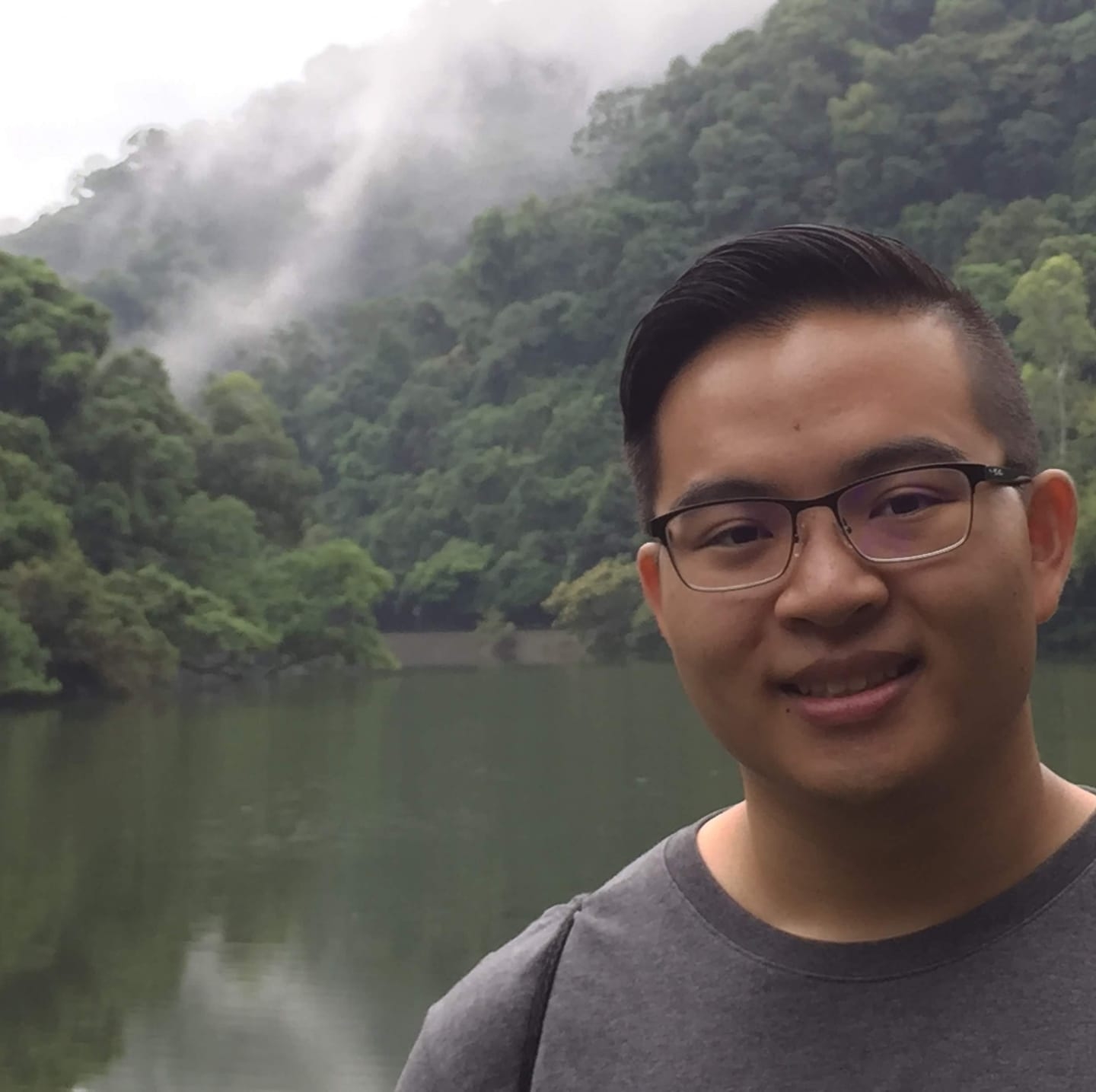 Keming Kao Target
Keming Kao Target
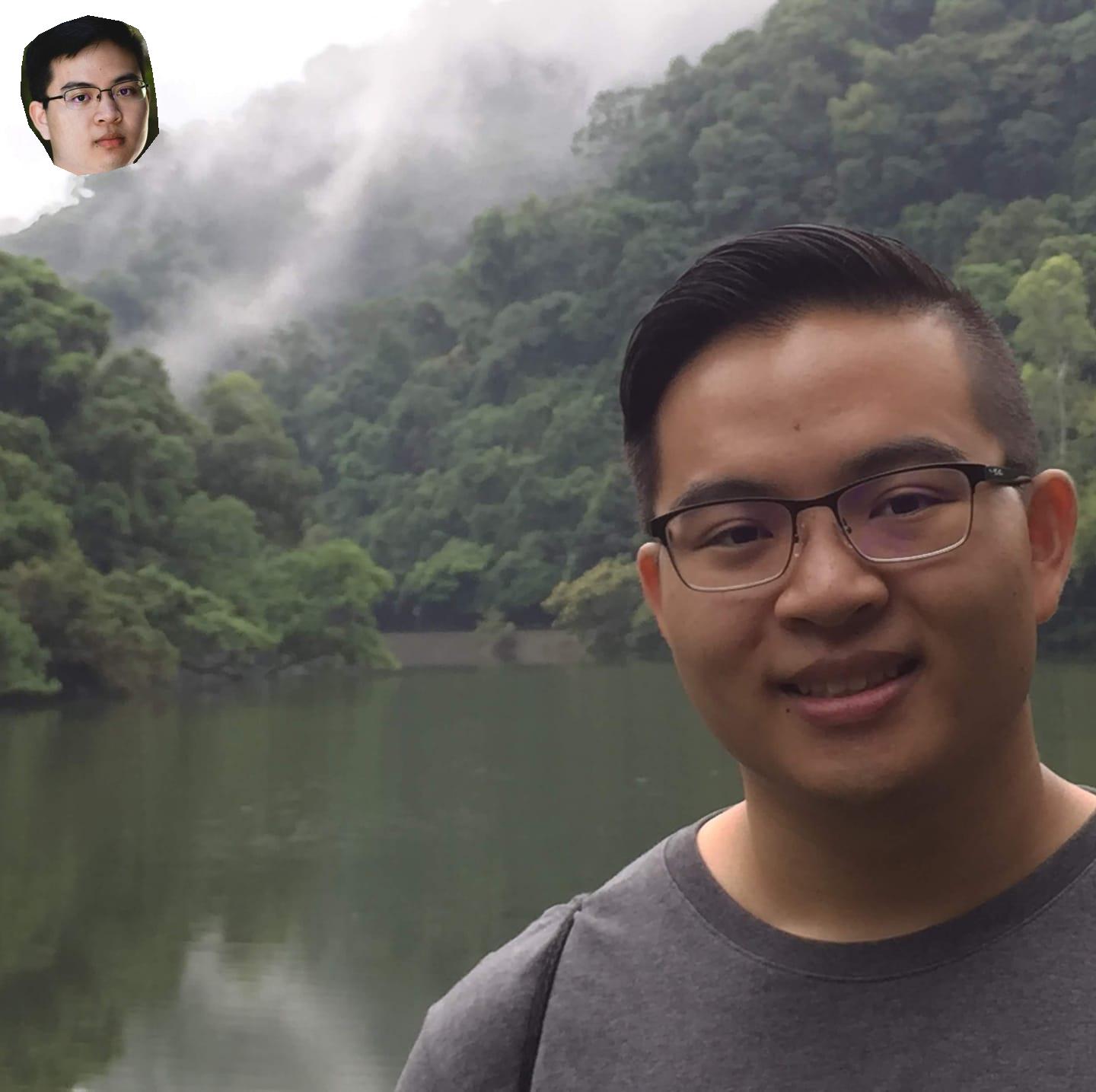 No Poisson
No Poisson
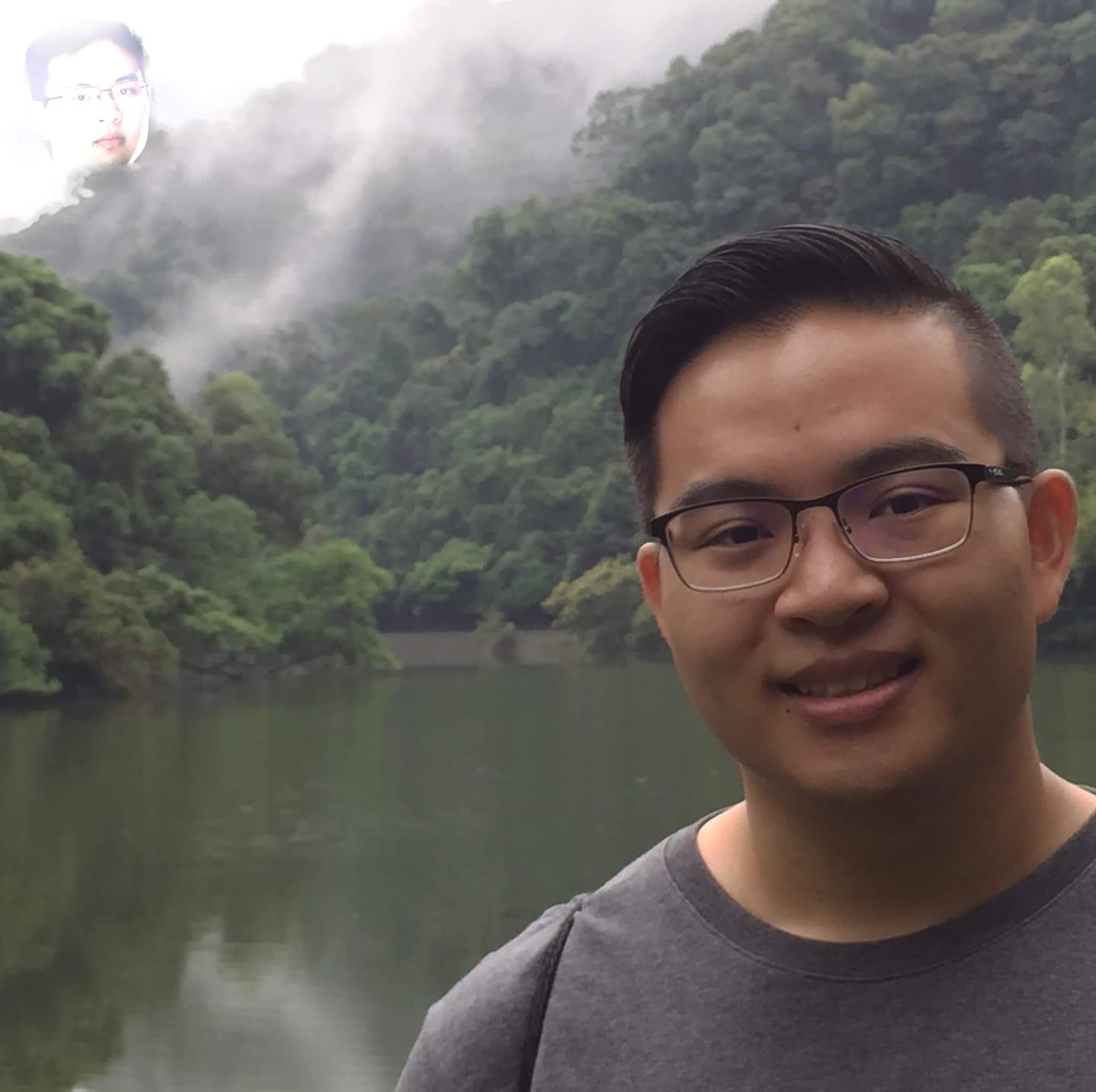 Poisson Blending. For the previous image with no poisson blending, I simply compied over the source mask into the target image. With poisson blending, we solve for the poisson mask to be as close to possible to the gradient inside the source mask and the gradient of the boundary of the source mask with the target image. Doing so will result in an image that blends in better with the surrounding environment.
Poisson Blending. For the previous image with no poisson blending, I simply compied over the source mask into the target image. With poisson blending, we solve for the poisson mask to be as close to possible to the gradient inside the source mask and the gradient of the boundary of the source mask with the target image. Doing so will result in an image that blends in better with the surrounding environment.
|
|
Failure Image
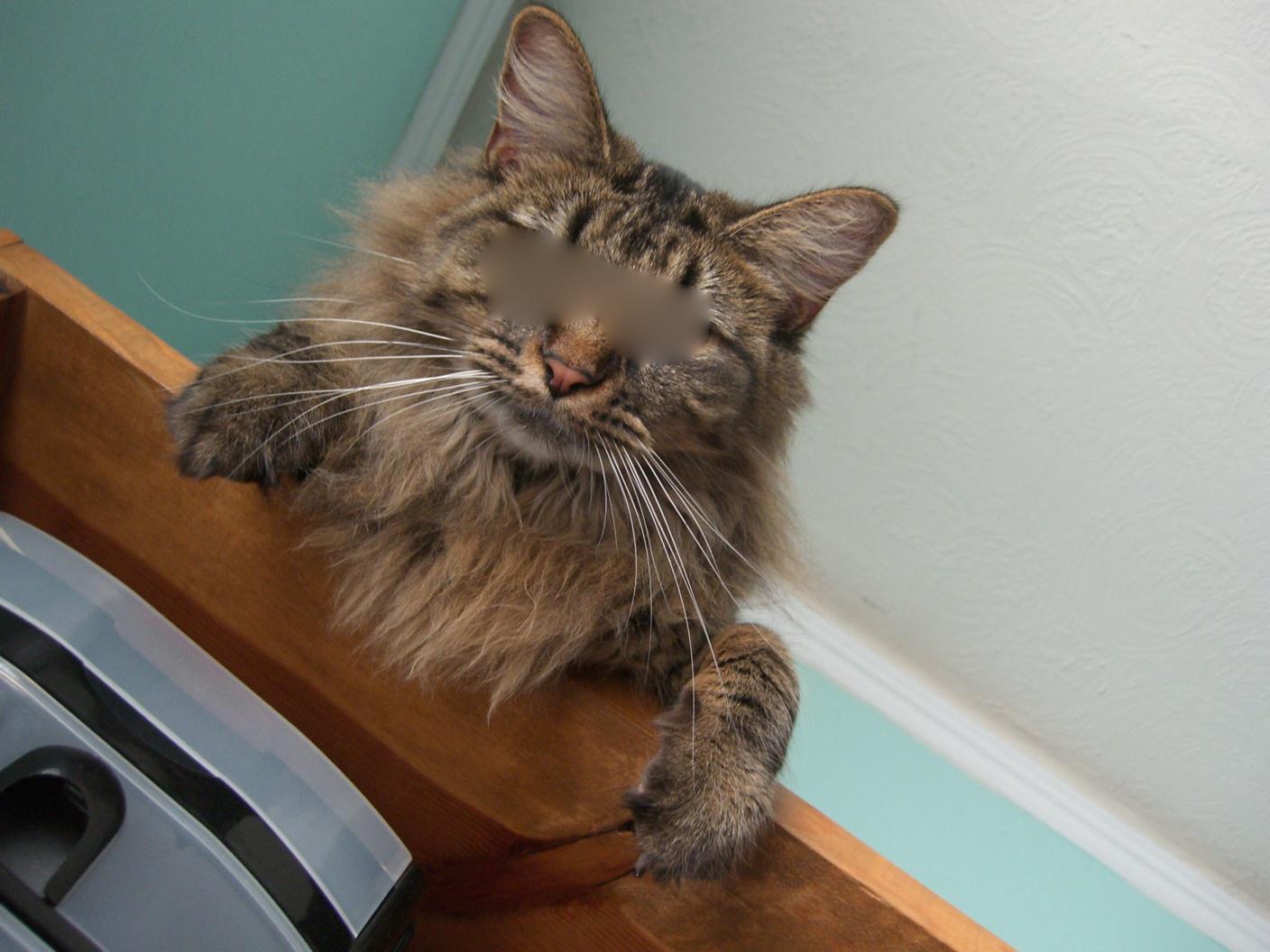 I tried to blend Derek's eyes and nutmeg with poisson but I don't think my mask had enough of a border around the eyes, resulting in the eyes blurring over. In general, it seems I need a healthy amount of border of the source mask in order to get a decent blend.
I tried to blend Derek's eyes and nutmeg with poisson but I don't think my mask had enough of a border around the eyes, resulting in the eyes blurring over. In general, it seems I need a healthy amount of border of the source mask in order to get a decent blend.
|
Multiresolution blending vs Poisson blending
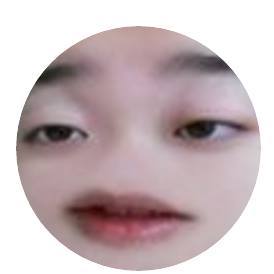
 The two original images I plan on blending together
The two original images I plan on blending together
|
|
Multiresolution blending
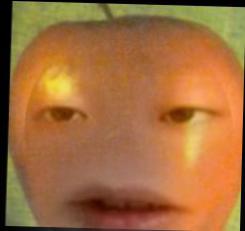 With multiresolution blending, I took the mask over the entire face. Unfortunately, this resulted in an outline of the face still being slightly visible as well as distorting the entire image. The colors of the face also appear very washed out.
With multiresolution blending, I took the mask over the entire face. Unfortunately, this resulted in an outline of the face still being slightly visible as well as distorting the entire image. The colors of the face also appear very washed out.
|
|
Poisson blending
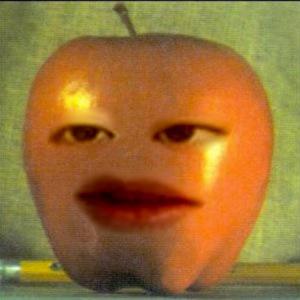 With poisson blending, I was able to create more accurate masks, allowing me to create a better overall image. Because of the redness of the apple, the lips of the face became darker and the outline of the eyes became sharper and more distinct. I also did not have to distort the image to get the face and the applie to align correctly. As such, I believe the poisson blend turned out much better than that of the multiresolution blend. However, in situations where the source mask is not great or where the boundary colors don't match, multiresolution blend is probably a better choice than poisson blend.
With poisson blending, I was able to create more accurate masks, allowing me to create a better overall image. Because of the redness of the apple, the lips of the face became darker and the outline of the eyes became sharper and more distinct. I also did not have to distort the image to get the face and the applie to align correctly. As such, I believe the poisson blend turned out much better than that of the multiresolution blend. However, in situations where the source mask is not great or where the boundary colors don't match, multiresolution blend is probably a better choice than poisson blend.
|




























